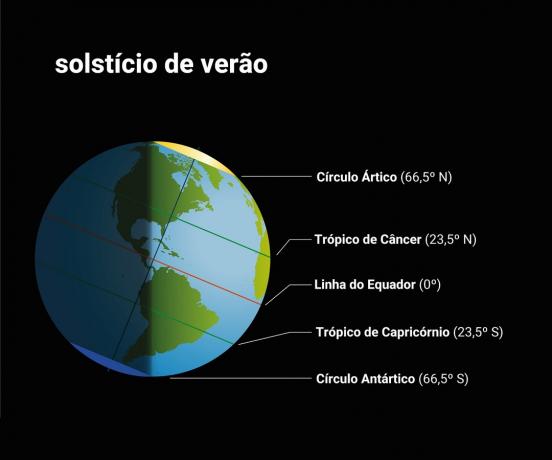Mammals is the name given to a class of animals, also called mammalia.
They can be terrestrial (like the lion, elephant and monkey) or aquatic (like the whale, dolphin and polar bear).
Get to know the general characteristics of mammals:

1. mammary glands
The presence of mammary glands is the main characteristic of mammals, which gave them this name. Animals in this class have mammary glands that are capable of producing milk to breastfeed their young.
Both males and females have mammary glands, but in females the glands are more developed and responsible for feeding the offspring.
2. heart divided into 4 cavities
The mammalian heart is divided into 4 parts, called cavities: right atrium, left atrium, right ventricle, and left ventricle. In the heart of mammals there is also a separation between arterial blood (with plenty of oxygen) and venous blood (with little oxygen).
In most mammals the aorta artery, which is responsible for carrying blood with oxygen throughout the body, is on the left side of the heart.
3. By the
The skin of mammalian animals is covered with hair, some completely and some partially. The presence of hair on the skin has the function of protecting and balancing the body's temperature.
The skin is formed by keratin, a protein that has the capacity to protect the skin from aggressions such as humidity, cold and heat.
The protection of the body temperature of these animals is also guaranteed by the sweat glands and the sebaceous glands, which have the ability to control body temperature and protect the skin.
4. are vertebrate
Mammals are vertebrate animals, that is, they have a spine formed by vertebrae, which are joined bones that form the spinal column. The spinal cord is a connection between the brain and the spine that starts at the skull and ends at the end of the ribs.
The spinal column, together with the muscles, allows mammals to have more flexibility and be able to move more than other animals that do not have these characteristics.
5. Teeth
Mammals have different teeth and each one has a function. Examples are canine, incisor and molar teeth.
Canine teeth are sharp and are the strongest, used for chewing and tearing the flesh of prey. The incisor teeth and molars are flat and serve to cut and chew food.
6. developed brain
In mammals the brain is more developed and larger than in other animals.
The part of the brain responsible for intelligence and recording memories is well developed and allows mammals to have more ability to learn, develop coordination and guard memoirs.
7. Diaphragm
The diaphragm is a muscle that is located between the chest region and the abdomen. The function of this muscle is to control the breathing of mammals, ensuring the entry and exit of air from the lungs.
All mammalian animals are lung-breathing.


